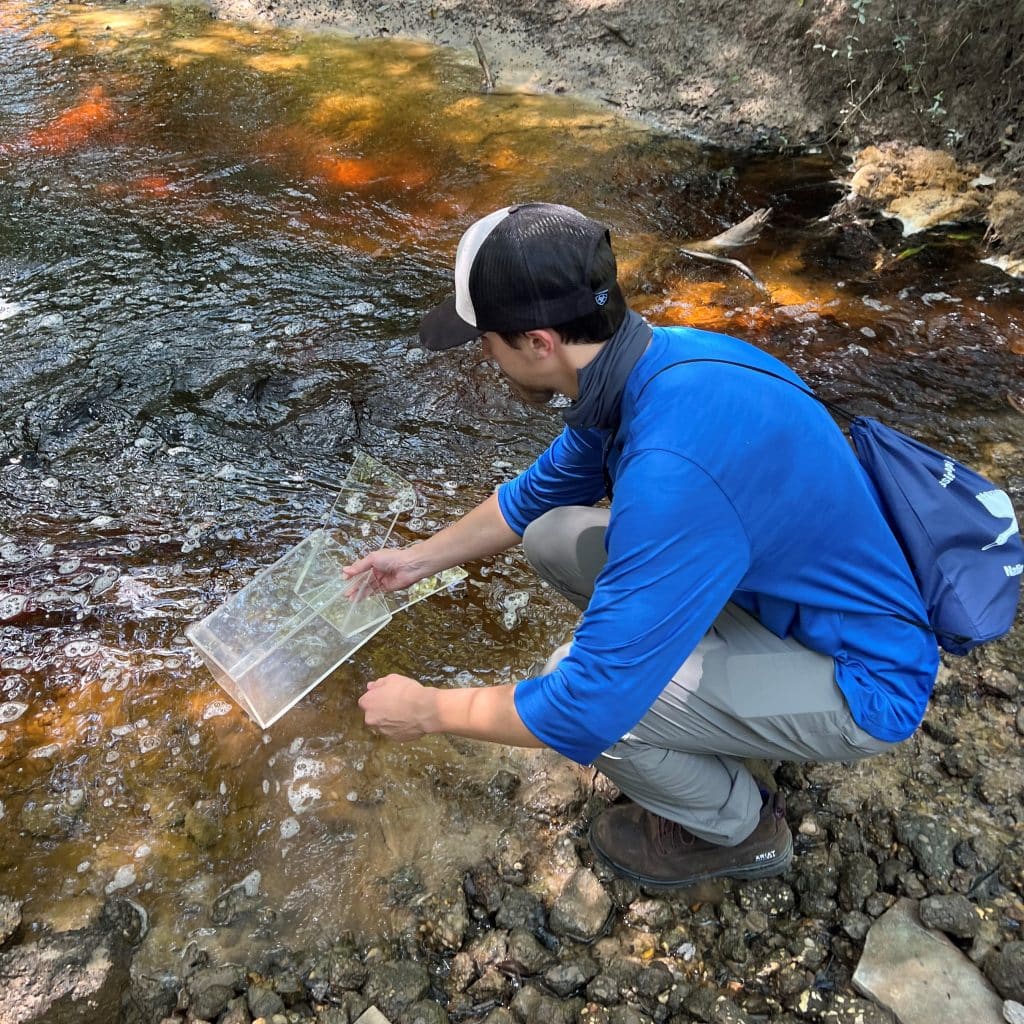Humans have a thing for counting things. As a child, I could tell you how many baseball cards or marbles I had in my collections. How many different kinds also mattered – the key concept of the term diversity. My collections may not have been as diverse as others, but it drove us all to keep collecting and counting. I have grown to focus on counting the wild things around me, and along with my many similar-minded friends, want to tell the story of why counting wild things matters.
As a biologist, the concept of biological diversity became and remains a central basis of how I view the natural places that I study. In general, the greater the numbers of different kinds of species, the better. All of us have heard about how high biological diversity is found in tropical rainforest. The numbers are staggering. What has and continues to frustrate me, is how we dismiss the biological diversity of nature where we are. It may not be near what is found at the equator, but it is as important in our part of the world.
In short, biological diversity is a bell-weather of the health of any habitat or ecosystem. It starts with the diversity of plants, upon which insects and other herbivores feed. Predators, parasites, and hyper parasites add to the food web, along with decomposers and microbes that create a relative balance to the system. Humans are the main disrupter of balance in any habitat, always leading to a decline in biodiversity. Consider the American lawn – the poster child for artificially low diversity.
But this discourse is about sharing the good news about how me and my friends with the Pascagoula River Basin Alliance (PRBA) are trying to raise awareness of our river basin’s biological diversity. We follow in the footsteps of giants in the field of discovering and celebrating biodiversity (a term coined in the late 1980s), beginning with E.O. Wilson, a son of the South, who spent his lifetime sharing the story of ants worldwide and how biodiversity matters.
E.O. supported and contributed to short, intense inventories called BioBlitzs – typically 24-hour surveys (but also shorter) in small localities, that help to highlight the idea of just how many different plants and animals are right in front of us. Scientists and Citizen Scientists team up to find, identify, and count species. For the PRBA, those localities are scattered across the river basin that we celebrate: one of the last, large, unimpeded river systems in the lower 48 states.

To learn more about and contribute to this ongoing program, visit the Discovering Nature on the Singing River project page on the iNaturalist app (https://www.inaturalist.org/projects/discovering-nature-on-the-singing-river). From there you can scroll through any of the project inventory sites to see what species are there. Better yet, anyone that uses iNaturalist (a free app) can add to this ongoing inventory simply by recording an observation at these locations – any record submitted within the project footprint is automatically added. Using iNaturalist affords us the ability to have identifications confirmed by experts and naturalists worldwide.
On a recent hot July day, 20 scientists and naturalists recorded over 700 observations across multiple habitats at the Between the Creeks WMA, beginning our goal of finding them all! We will return to this and all of our sites to continue the search. It never ends and is always fun.
From baseball cards to living things – counting the wild things is important. Join us.
Hope to see you in our great outdoors!
Photos courtesy of Mark LaSalle (title photo) and Kaylin Bruening